Diwali, also known as the Festival of Lights, is fast becoming a popular cultural celebration in New Zealand with twinkling lights, colourful displays, and traditional performances for families to enjoy.
The festival occurs each year between mid-September and mid-November and typically spans five days, with the main celebration occurring on the third day, marked by lighting lamps, offering prayers, sharing food, and exchanging gifts.
The origins of Diwali
Diwali is one of the most widely celebrated festivals in India and holds significance for Hindus, Sikhs (called Bandi Chhor Divas), Jains, and Newar Buddhists. Its history and meaning vary slightly among these religions, but the overarching theme is the triumph of light over darkness, good over evil, and knowledge over ignorance.
In Hindu tradition, Diwali commemorates several important mythological events, depending on the region. The most widely recognized story is the return of Lord Rama to his kingdom of Ayodhya after 14 years of exile, having defeated the demon king Ravana. To celebrate his return and the victory of good over evil, the people of Ayodhya lit oil lamps to guide Rama home. In northern India, this story is central to the festival, while in other parts of the country, the focus may be on other deities like Lakshmi, the goddess of wealth, or Lord Krishna’s victory over the demon Narakasura.
The main day of the festival is an official holiday in several countries around the world including India, Pakistan, Malaysia, Singapore and Fiji.
Diwali traditions
The traditions of Diwali often include common practices like cleaning family homes to welcome positive energy, decorating with vibrant rangoli patterns, and lighting diyas (oil lamps) or candles. Firecrackers are often burst as part of the celebrations, symbolizing the dispelling of evil spirits and darkness. Homes, temples, and streets are illuminated with lights, adding to the joyous and festive atmosphere.
Food plays a central role in Diwali celebrations. Families prepare and share an array of sweets (mithai). Savoury snacks like samosas and pakoras are also popular, and guests and neighbours often exchange homemade treats as a gesture of goodwill and friendship.
Diwali’s symbolism of light overcoming darkness extends beyond its religious significance. It also represents new beginnings, fresh hopes, and the renewal of relationships. The exchange of gifts, cleaning and redecorating homes, and wearing new clothes all reflect this idea of starting afresh. Diwali brings together families, communities, and friends in a celebration of unity, gratitude, and positivity.
Diwali colouring pages
To celebrate Diwali, set the kids up with these printable colouring pages. The rangoli patterns are ideal for some mindfulness. Get creative with a range of vibrant colours, repeated in the patterns.
A rangoli is traditionally an image or pattern created on a tabletop or the floor using coloured powders and represents a sign of welcoming.
What you need:
- a printer
- markers, pencils, or gel pens
Click on either image to download the PDF of the four colouring pages.
Find more fun on Kidspot:

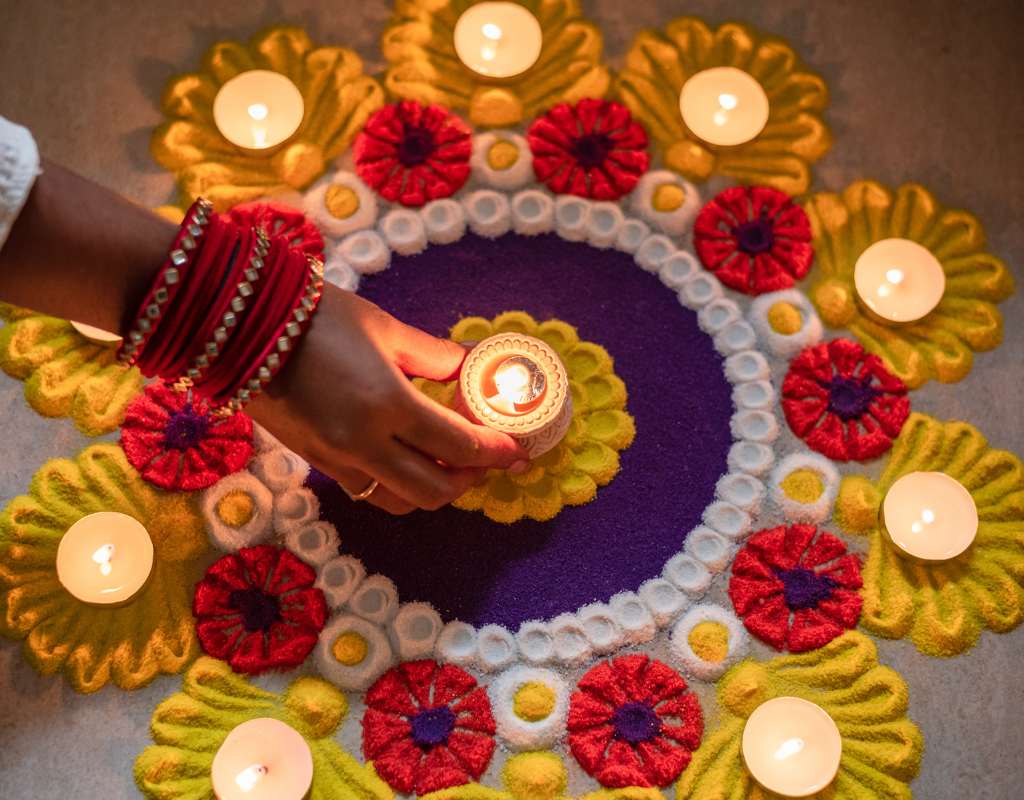
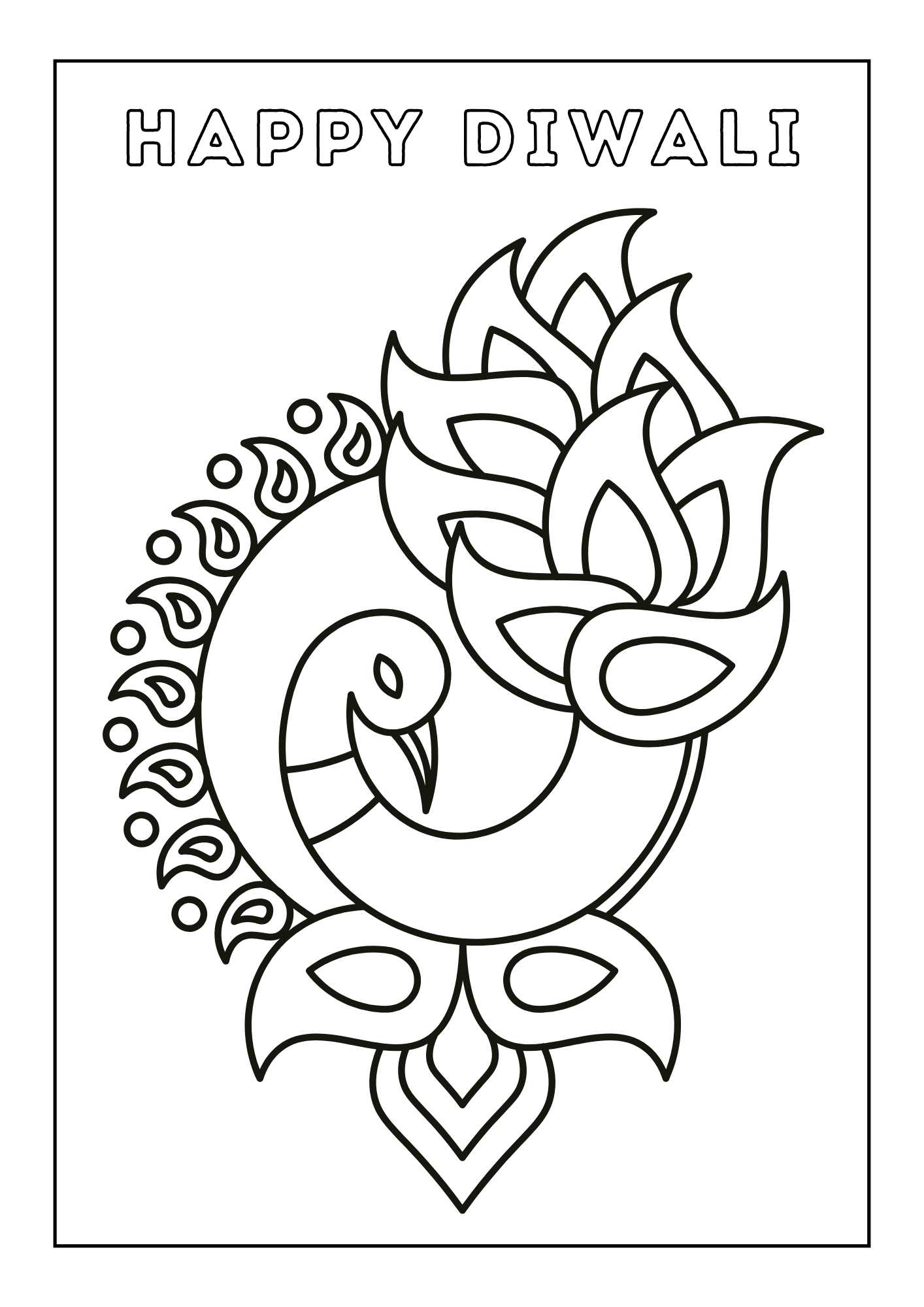
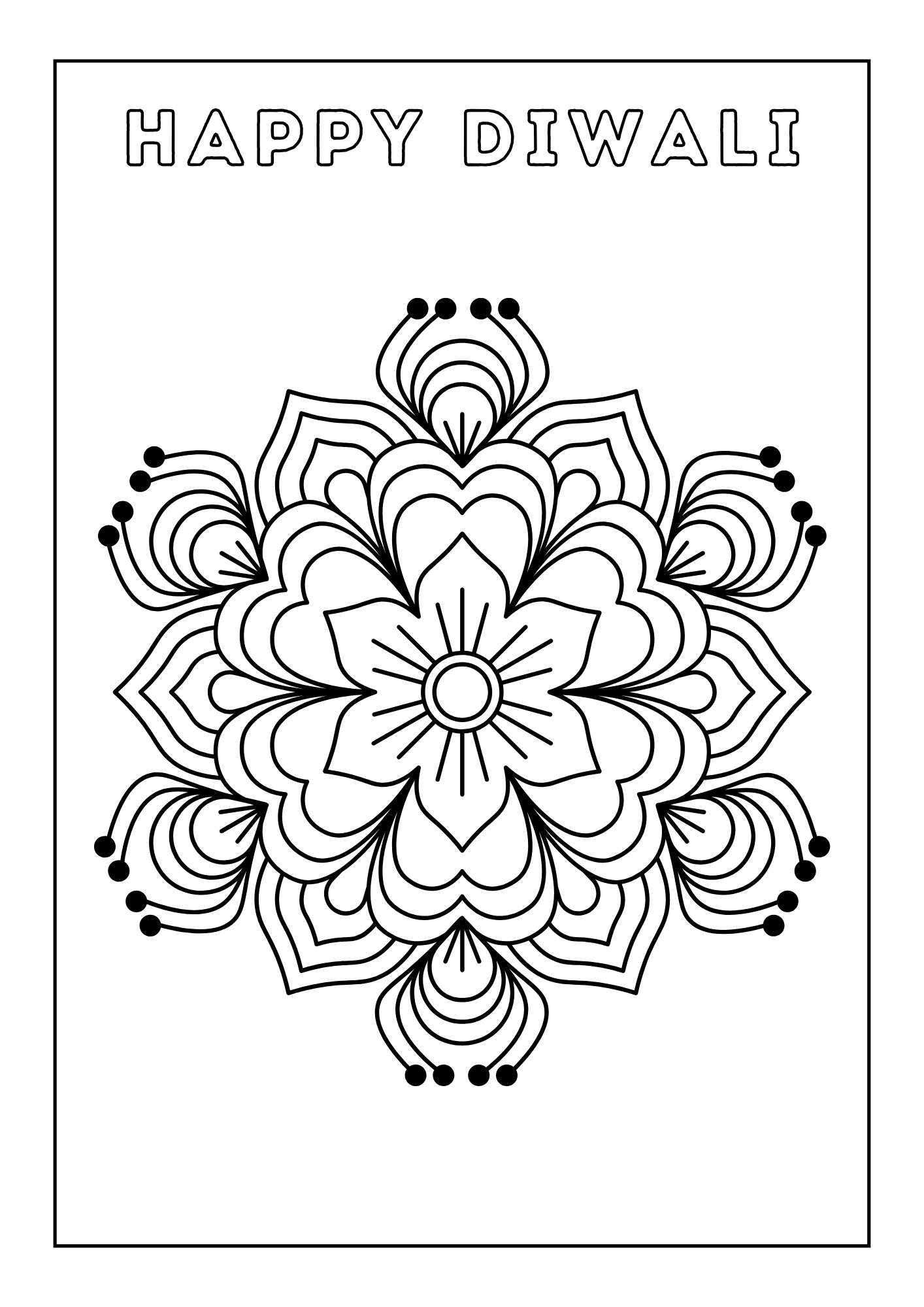


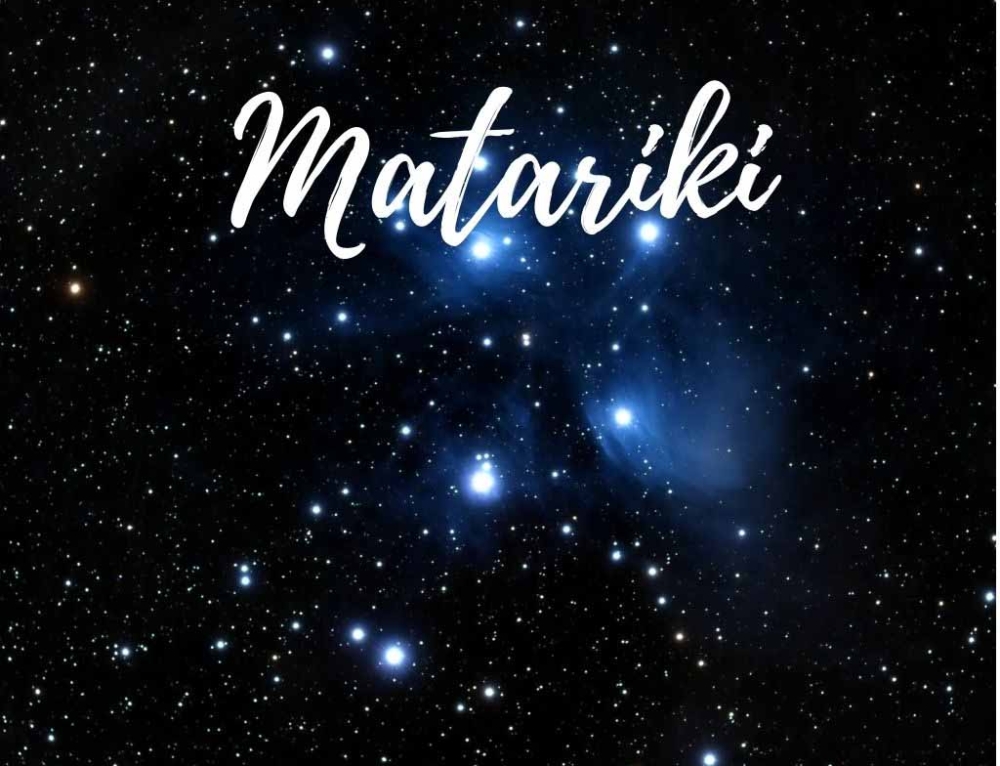
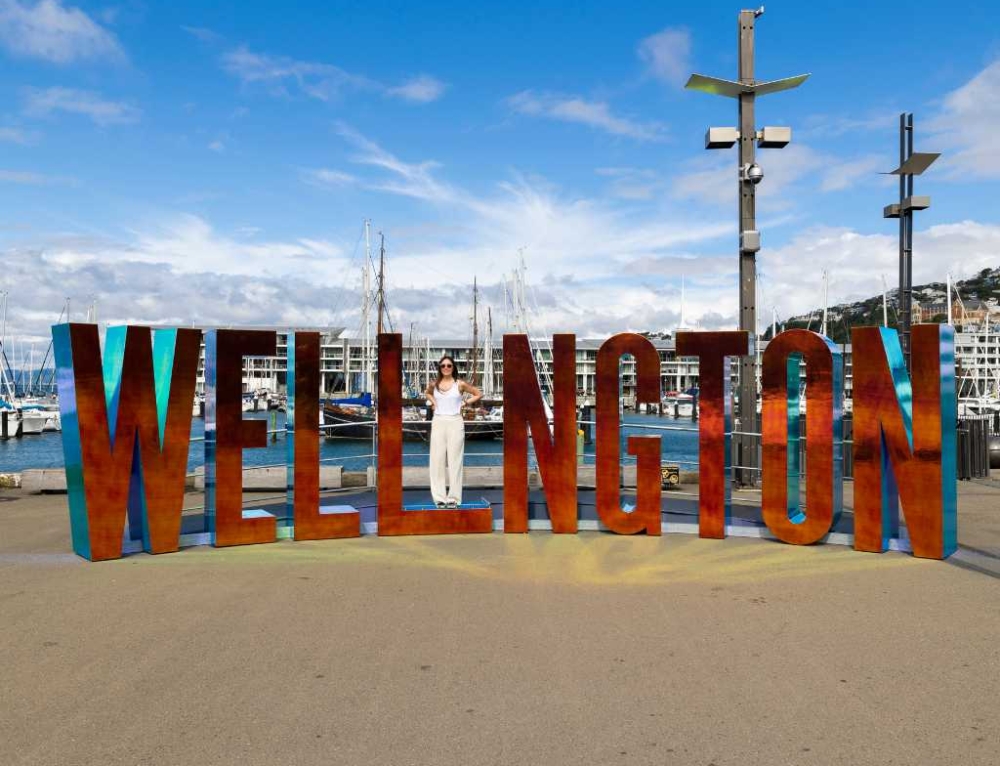
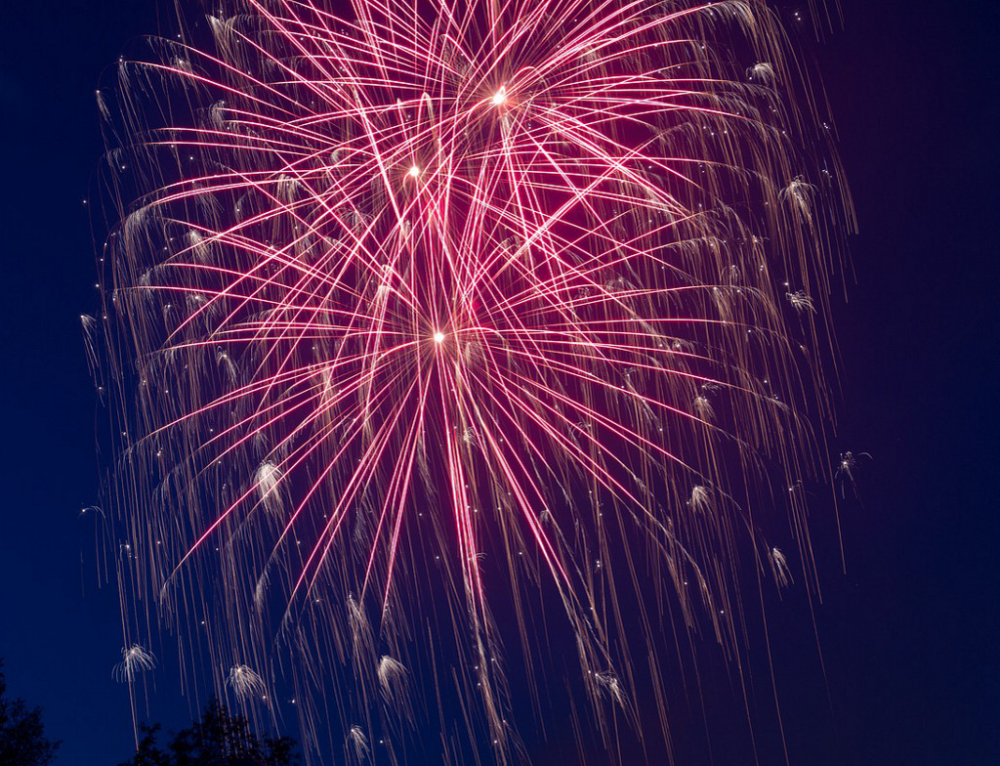
Leave A Comment
You must be logged in to post a comment.